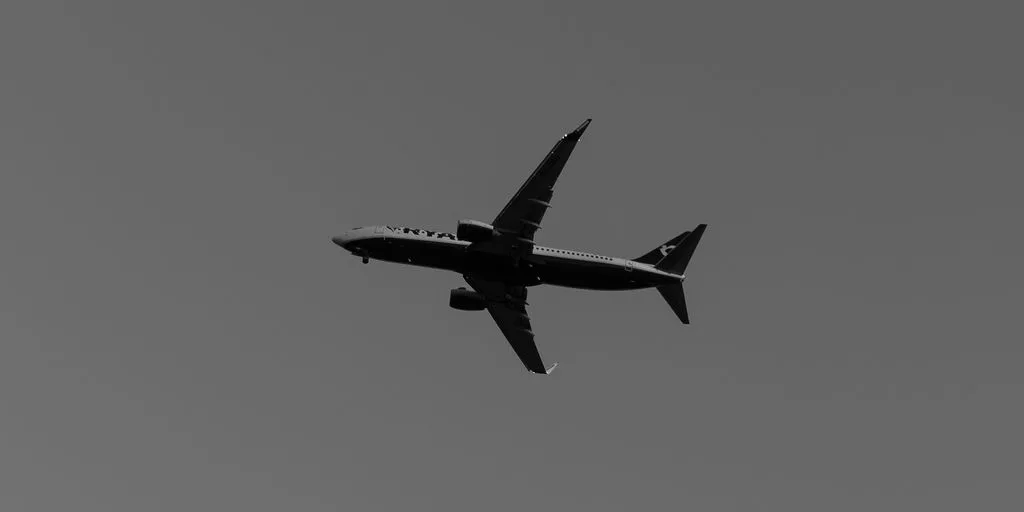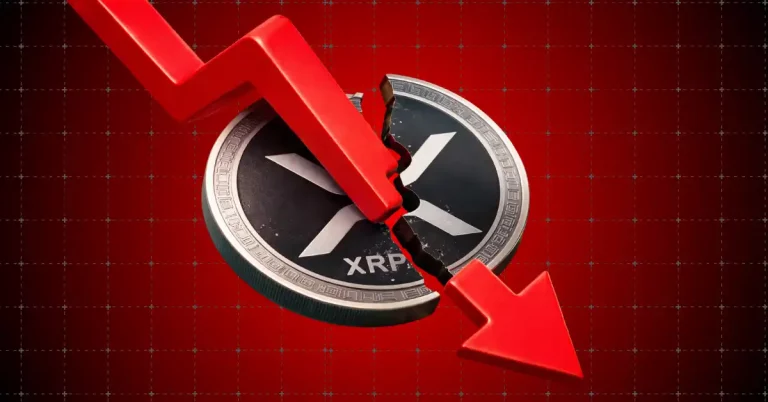
Aviation has come a long way since the Wright brothers’ first flight in 1903. From groundbreaking propulsion systems to advanced avionics, the technology behind aircraft has evolved at an unprecedented pace. Today, we stand on the brink of a new era in aviation, marked by innovations that promise to make air travel faster, safer, and more efficient. In this article, we will explore the latest advancements in aircraft technology and how they are shaping the future of aviation.
Key Takeaways
- Electric and hybrid engines are revolutionizing how aircraft are powered, offering more sustainable and efficient options.
- Artificial intelligence and autonomous flight systems are making cockpits smarter and reducing the need for human intervention.
- Innovative materials like lightweight composites and 3D-printed components are making aircraft stronger, lighter, and more fuel-efficient.
Revolutionary Propulsion Systems
Electric and Hybrid Engines
Electric propulsion is transforming aviation by using electric motors powered by batteries or fuel cells instead of traditional jet engines. This innovation reduces emissions, noise, and operating costs, making air travel more environmentally friendly.
Sustainable Aviation Fuels
Sustainable aviation fuels (SAFs) are derived from renewable resources and offer a significant reduction in carbon footprint compared to conventional jet fuels. Airlines are increasingly adopting SAFs to meet environmental regulations and reduce their impact on climate change.
Supersonic and Hypersonic Travel
Supersonic and hypersonic travel technologies are pushing the boundaries of speed in aviation. These advancements promise to cut travel times drastically, making long-distance flights quicker and more efficient. Researchers are exploring materials and designs that can withstand the extreme conditions of high-speed travel.
The future of aviation propulsion is not just about speed but also sustainability and efficiency. As these technologies evolve, they hold the promise of a greener and faster aviation industry.
Advanced Avionics and Automation
Artificial Intelligence in Cockpits
Artificial Intelligence (AI) is revolutionizing cockpit operations. Modern aircraft are now equipped with AI-based systems that enhance decision-making processes. These systems analyze vast amounts of data in real-time, enabling pilots to make split-second decisions for optimal performance.
Autonomous Flight Systems
Autonomous flight systems are transforming aviation by reducing the need for human intervention. These systems use advanced algorithms and machine learning to pilot aircraft, ensuring safer and more efficient flights. Key benefits include:
- Enhanced safety through predictive maintenance
- Reduced pilot workload
- Increased operational efficiency
Enhanced Navigation Technologies
Enhanced navigation technologies are making air travel more precise and reliable. Innovations such as augmented reality displays, touchscreen interfaces, and voice-controlled systems are improving pilot situational awareness and navigation accuracy.
The integration of these advanced avionics and automation technologies is paving the way for a new era in aviation, characterized by increased safety, efficiency, and innovation.
Innovative Aircraft Materials

Lightweight Composites
Modern aircraft are increasingly constructed using lightweight composites. These materials offer significant weight savings, which translates to improved fuel efficiency and range. Common examples include carbon fiber composites and nanostructured materials. These advanced materials not only enhance performance but also contribute to the environmental sustainability of aviation.
Smart Materials
Smart materials are revolutionizing aircraft design. These materials can adapt to changing conditions, offering benefits such as increased durability and reduced maintenance. Examples include shape memory alloys and silicon carbide ceramics. The ability to self-heal and respond to environmental changes makes smart materials a game-changer in aviation technology.
3D-Printed Components
The use of 3D-printed components in aircraft manufacturing is on the rise. This technology allows for the creation of complex parts with high precision and reduced waste. It also enables rapid prototyping and customization, leading to faster development cycles and more innovative designs. From engine components to cabin interiors, 3D printing is set to redefine how aircraft are built.
The integration of these innovative materials is unveiling the most coveted private aircraft features of the year, pushing the boundaries of what is possible in aviation technology.
The Rise of Unmanned Aerial Vehicles
Commercial Drones
Commercial drones are transforming industries by providing innovative solutions for delivery, agriculture, and surveillance. These versatile UAVs offer cost-effective and efficient alternatives to traditional methods, making them indispensable tools in various sectors.
Military Applications
Military applications of UAVs are expanding rapidly, offering enhanced capabilities for reconnaissance, combat, and logistics. Unmanned systems reduce the risk to human pilots and enable long-endurance missions that were previously impossible.
Regulatory Challenges
The integration of UAVs into commercial airspace presents significant regulatory challenges. Ensuring cybersecurity, establishing clear guidelines, and developing robust frameworks are essential for the safe and effective use of unmanned aerial vehicles.
Conclusion
The evolution of aviation technology is a testament to human ingenuity and relentless pursuit of progress. From the Wright Brothers’ first flight to the cutting-edge innovations of today, each advancement has pushed the boundaries of what is possible in air travel. Modern aircraft are faster, safer, and more efficient than ever before, thanks to breakthroughs in propulsion, materials, and avionics. As we look to the future, the potential for further innovation in aviation is boundless, promising even more exciting developments that will continue to transform the way we fly and experience the world.
Frequently Asked Questions
What are the benefits of electric and hybrid engines in aviation?
Electric and hybrid engines offer numerous benefits, including reduced emissions, lower operating costs, and quieter operation. They represent a significant step toward more sustainable aviation.
How do sustainable aviation fuels contribute to eco-friendly air travel?
Sustainable aviation fuels (SAFs) are made from renewable resources and can significantly reduce the carbon footprint of air travel. They are designed to be used in existing aircraft engines without modification.
What advancements are being made in autonomous flight systems?
Advancements in autonomous flight systems include the development of sophisticated algorithms and sensors that allow aircraft to operate with minimal human intervention. These systems aim to improve safety, efficiency, and reliability in aviation.






